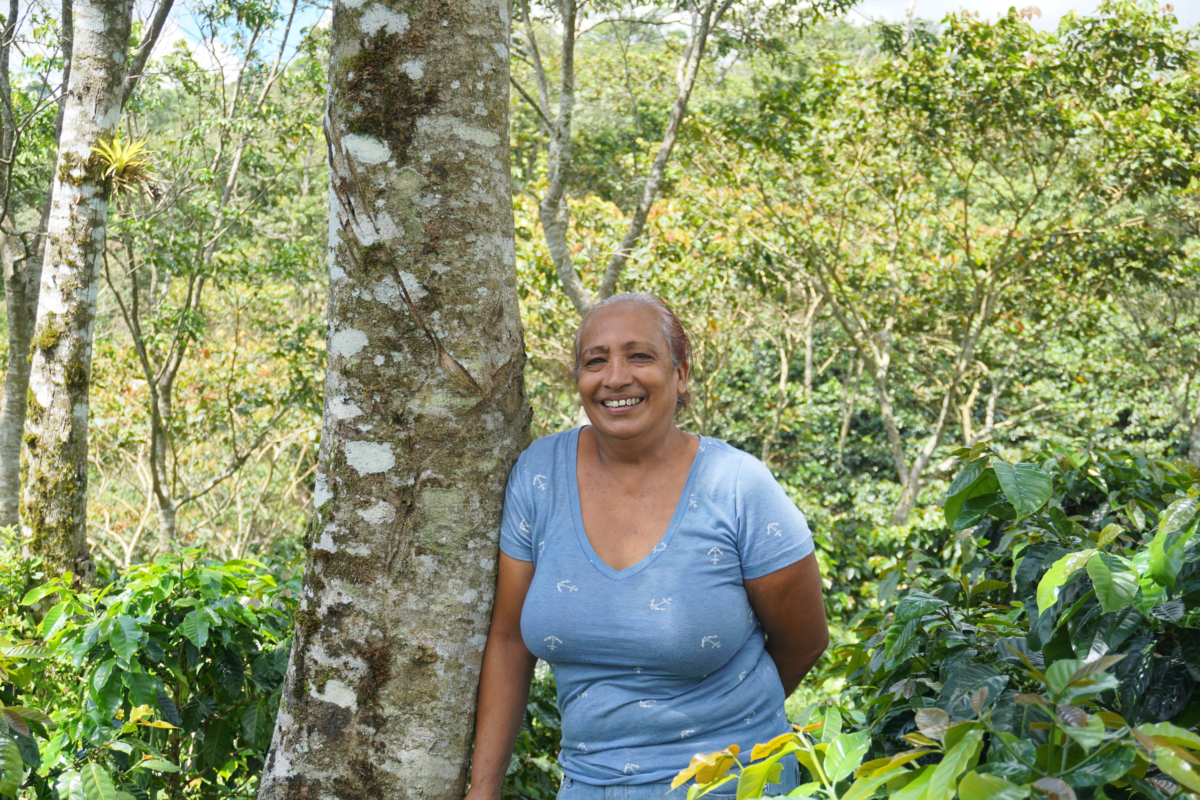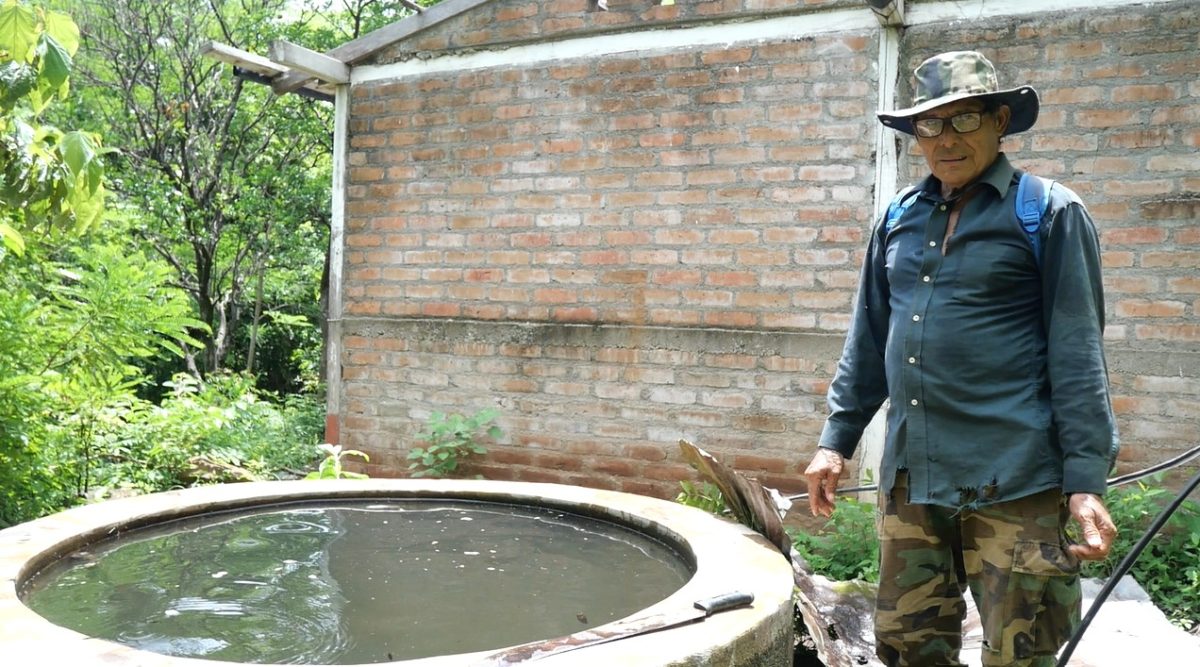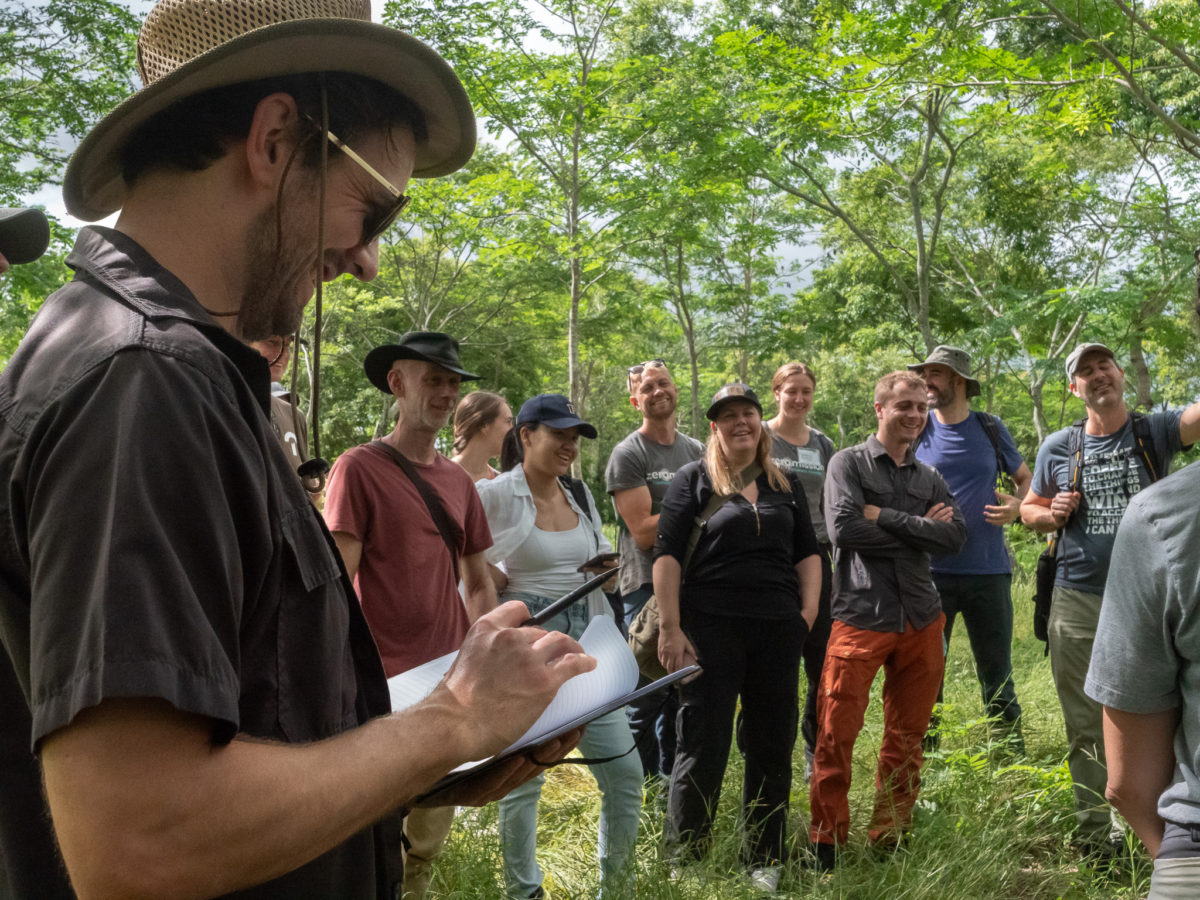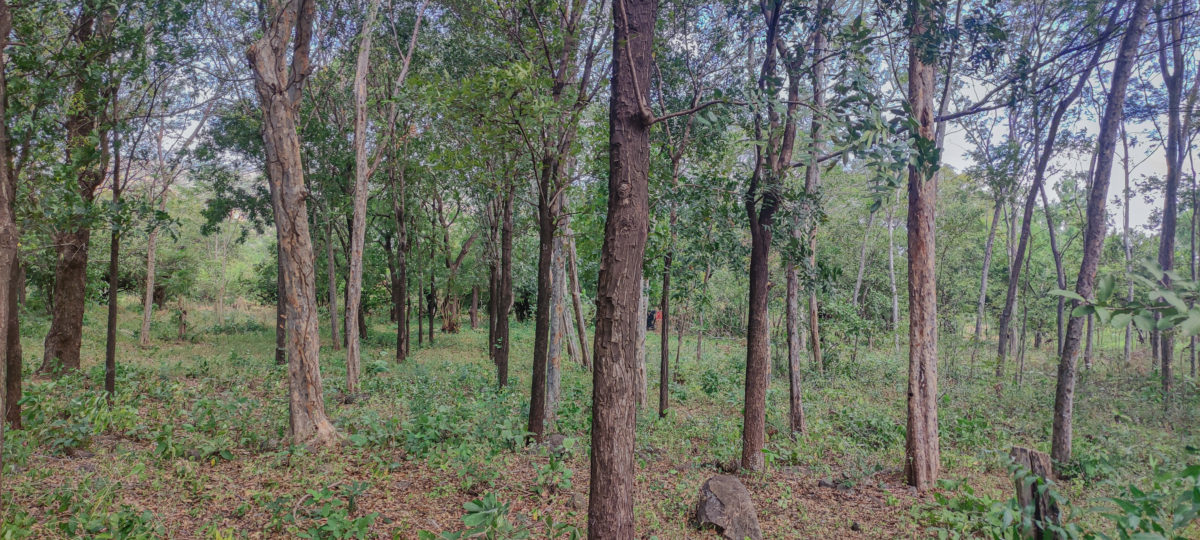There is a growing tide of negative sentiment towards nature-based solutions (NbS). If this groundswell of negativity continues unabated, there is a very real risk that nature-based solutions lose the investment so desperately needed for their success. This would be nothing short of disastrous for the climate, for local ecosystems, and for the people most vulnerable to the effects of climate change.
This is not just our opinion. The facts are clear. Research shows that nature-based solutions can provide up to 37% of the emissions reductions needed by 2030 to keep global climate goals in reach. If this is to be realised, investments into NbS need to double by 2025, and triple by 2030. As it stands, we need more investment into nature-based solutions, not less. Activities such as forest restoration are not just ‘nice to haves’; they are essential.
Why are nature-based solutions under attack?
Why, then, are nature-based solutions under attack? The answer lies in the human tendency to focus on the bad, rather than the good.
One of the most effective ways NbS have been financed to date is through the carbon markets. In recent years, the voluntary carbon market has experienced a huge influx of investment, having leapt from a value of $520 million in 2020 to $2 billion in 2021. This rapid growth has attracted greater scrutiny and demands for transparency. This is a good thing. Scrutiny and transparency are exactly what’s needed to raise the bar on quality so greater impacts can be achieved.
However, in placing the VCM under the spotlight, it has become apparent that NbS projects vary in type, scope, and quality. There are initiatives that are creating truly meaningful impacts to the benefit of climate, nature, and local communities. Yet they are being overshadowed by those which do not meet the necessary standards, prompting some factions to discount the concept of nature-based solutions entirely.
This is completely the wrong approach. Instead, what society should be doing is recognising those high-quality projects, learning from them, and investing funds so that we can both grow and replicate them. Ultimately, the question should not be whether to invest in nature-based solutions. That should be an unequivocal ‘yes’. Rather, the question should be: what are the right projects to invest in?
What do quality nature-based solutions look like?
That leads us to examine the hallmarks of a high-quality NbS project. From our experience in developing forest restoration projects such as CommuniTree, we know that first and foremost, there must be a focus on improving people’s livelihoods. In building for livelihoods, landowners and land managers are not only incentivised to grow trees, they are also incentivised to keep those trees in the ground. This promotes the durability, and therefore the success, of a forest carbon removal project. When building for livelihoods, equitable benefit sharing is just one of the components that must be delivered, along with mechanisms to provide value over time, be it through access to local value chains or global commodity markets.

Beyond livelihoods, forest restoration initiatives must work in service of nature. That means growing native tree species, encouraging natural regeneration, and carefully selecting land that is suitable for restoration. Interventions should be based on robust science-based carbon forecasting, and progress regularly monitored and reported so that outcomes can be tracked transparently. Third-party validation and verification provide further confirmation as to a project’s legitimacy.
Then there is the matter of variability. Forest carbon removal projects work with people and nature. Trees will die. Parcels will not grow as intended. Landowners will sell up and leave the project. Such situations are entirely normal and do not constitute ‘failures’. What’s important is that the project design accounts for these scenarios to ensure that the impacts claimed are realised.
NbS projects that deliver on these hallmarks of quality achieve so much more than carbon impacts. Yes, removing carbon from the atmosphere is an important outcome. But by investing in nature-based solutions such as forest restoration, funders and investors are also contributing towards a range of socio-economic and environmental impacts in communities and landscapes often most vulnerable to the effects of the climate crisis. This includes rehabilitating ecosystems, improving water security, creating jobs, and promoting biodiversity.

How do we finance NbS to scale impact?
Having set the standard for quality, the next step is to identify the initiatives that meet this standard and provide them with the necessary funding to facilitate growth and amplify their impact. There are various funding mechanisms available, with carbon financing being one of the most viable options. However, creating high quality carbon removals and reductions through nature-based solutions depends on upfront financing, be it through initial investment or the purchase of ex-ante or forward order credits.

Ex-ante or forward order credits represent a removal activity that will take place in the future. They are often seen as less valuable than ex-post credits, where the removal has already taken place. But the sale and purchase of ex-post credits alone will not enable climate goals to be attained for one simple reason: project economics.
Take a forest restoration project, for example. Depending on the context, it can take 20+ years for carbon sequestration targets to be fully achieved. In the meantime, project developers must cover the cost of establishing a project, managing operations, and providing value to those implementing climate solutions at a local level. Projects need support from corporates and investors to cover these upfront costs to fully commit to local communities over long timeframes. If this support is lost, there won’t be enough money to grow trees and communities may come to see NbS as another failed promise for economic prosperity. So, if we don’t invest in growing trees now, we lose a high-potential solution to the address the climate and biodiversity crises.

Investing in high quality projects for meaningful impacts
Research shows that companies that engage in the carbon market are nearly twice as likely to be decarbonising their operations year-on-year. Those that use higher quality and more expensive credits have better emissions performance. There is, therefore, a clear correlation between investment, quality, and impact. This reality should not be overlooked as we navigate the growing pains of the nascent voluntary carbon market. We have narrowing window of opportunity to mitigate the worst effects of the climate crisis and restore nature. Nature-based solutions can sequester carbon, restore ecosystems, and improve livelihoods. These solutions are available to us now, with huge potential for scale. If we are to secure a nature-positive future, support must be galvanised for NbS, and that support must be galvanised with immediate effect, for the benefit of us all.